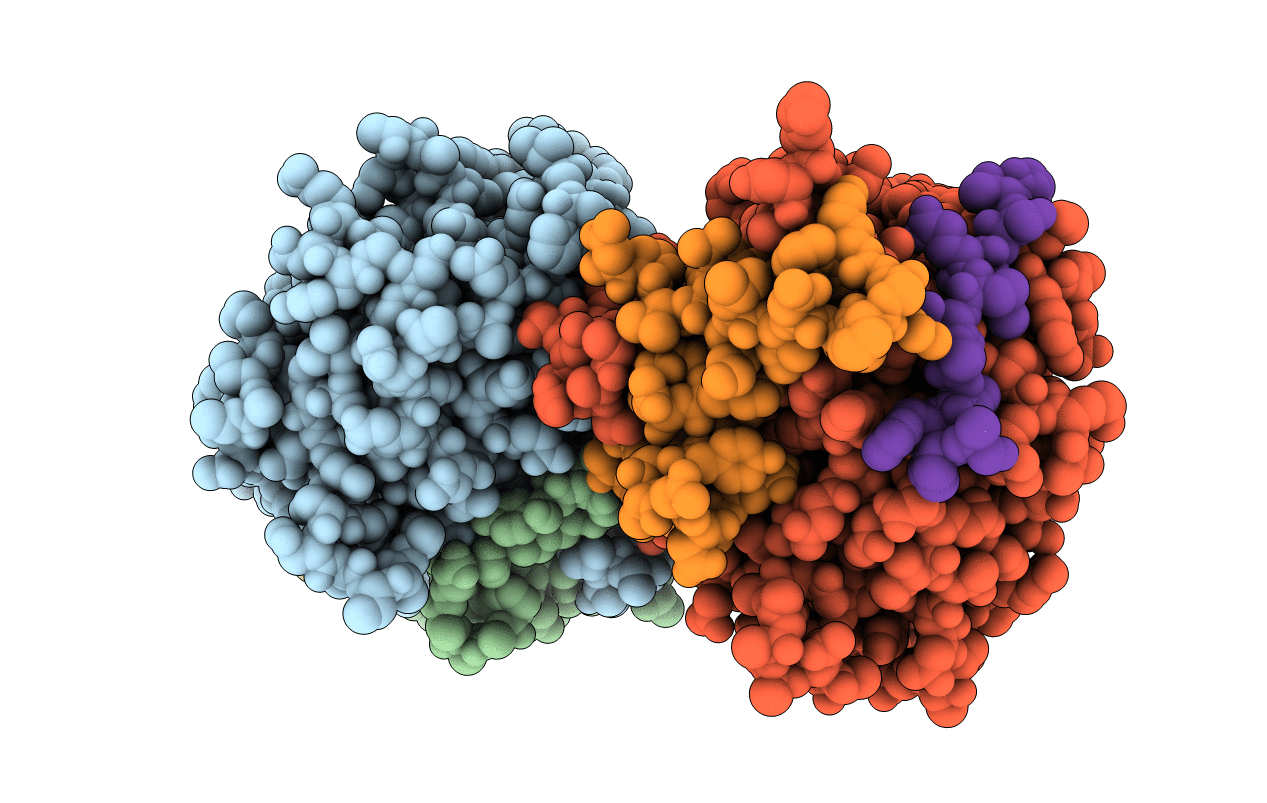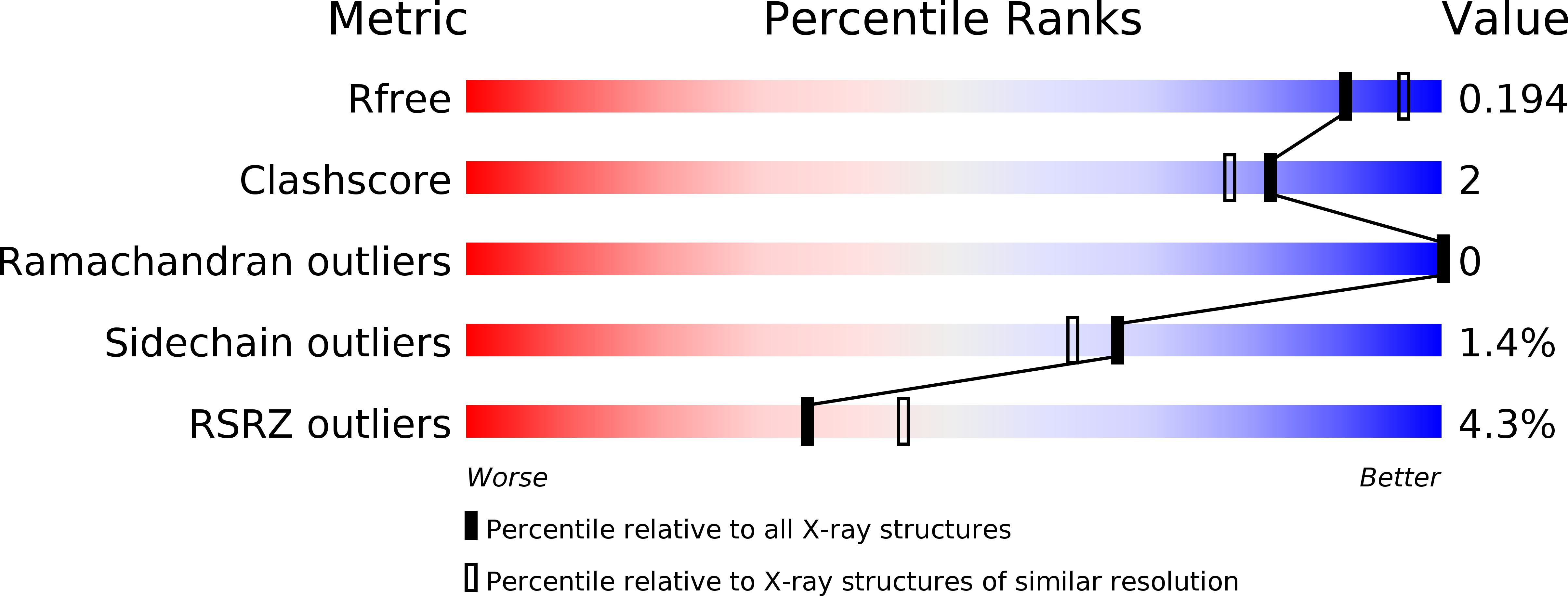
Deposition Date
2013-04-30
Release Date
2013-09-18
Last Version Date
2024-10-09
Entry Detail
PDB ID:
4BL0
Keywords:
Title:
Crystal structure of yeast Bub3-Bub1 bound to phospho-Spc105
Biological Source:
Source Organism:
SACCHAROMYCES CEREVISIAE (Taxon ID: 4932)
Host Organism:
Method Details:
Experimental Method:
Resolution:
1.95 Å
R-Value Free:
0.19
R-Value Work:
0.17
R-Value Observed:
0.18
Space Group:
C 1 2 1


